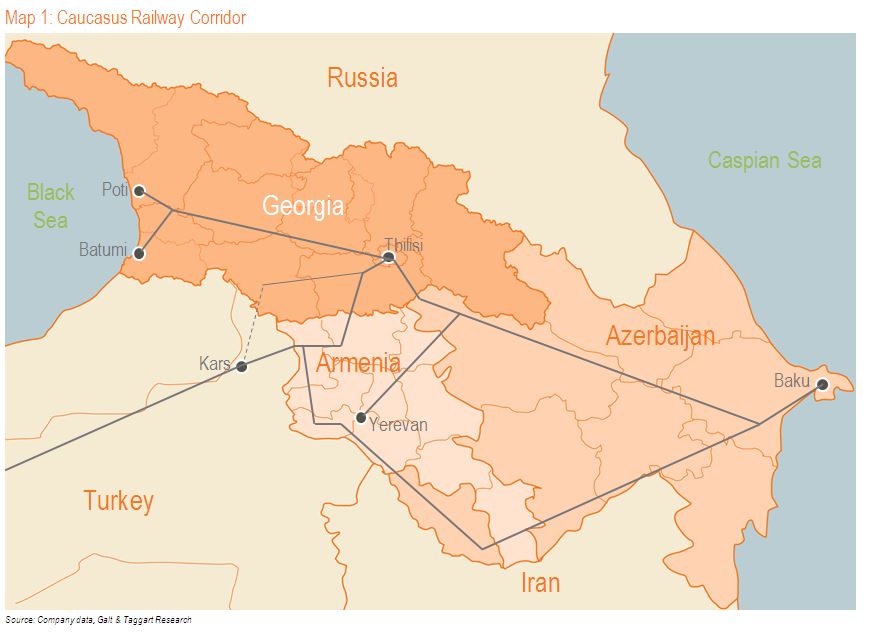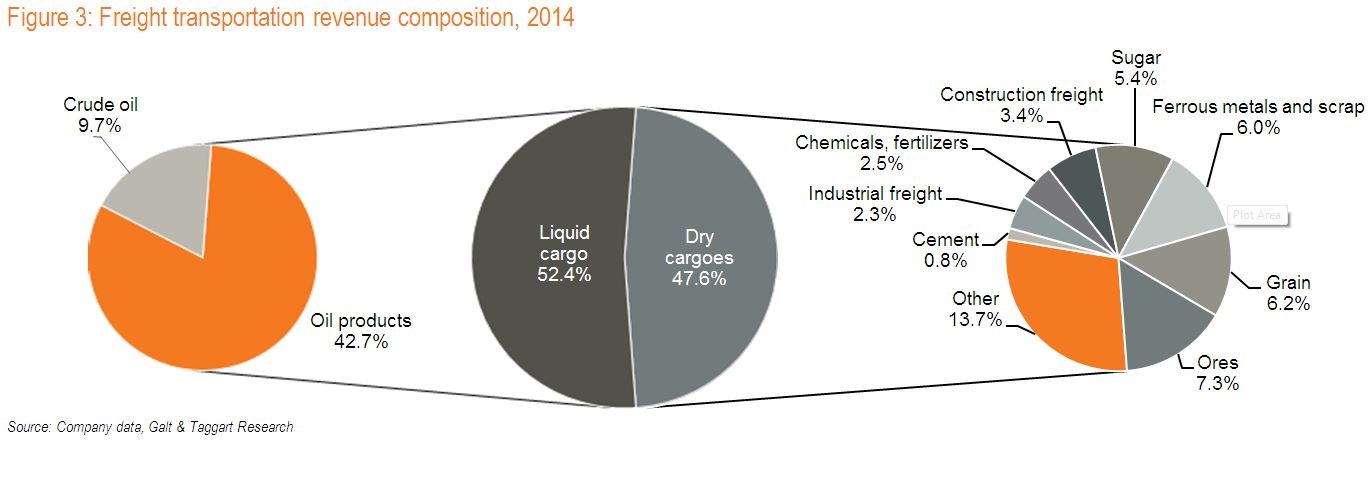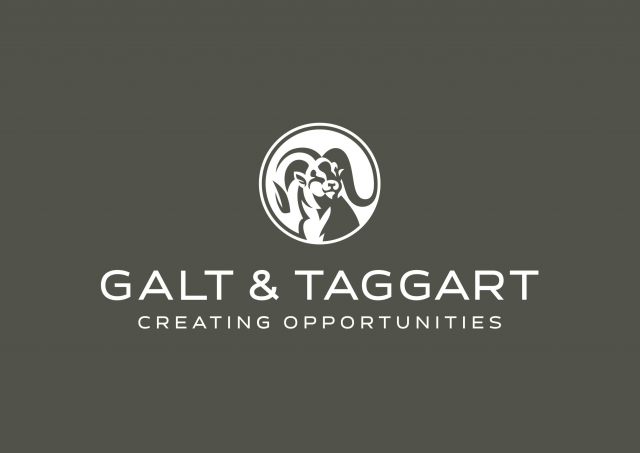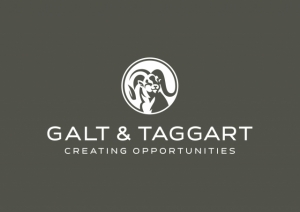Georgian Railway - Linking East with West
Fixed income research is one of the key directions of Galt & Taggart Research. We currently provide coverage of Georgian Railway and Georgian Oil and Gas Corporation, two state-owned entities with Eurobonds listed on the London Stock Exchange in the amount of US$ 500mn and US$ 250mn, respectively. In this article, we provide an overview of Georgian Railway and its key role in the Euro-Asian corridor.
Georgian Railway (GR) is a fully state-owned rail monopoly, committed to building on Georgia’s strategic location on the route from Asian land-locked countries to European markets. The concept of a rail link between the two continents originated back in the 1860s and the construction of the railway bridging the Black and the Caspian seas began in 1865. In 1883, the transportation of Azeri oil to global markets commenced. In 1899, the railway connection between Georgia and Armenia was established.

The nature of GR’s business is largely dictated by Georgia’s position on the shortest route from the Caspian Sea to the Black Sea. Three of GR’s rail lines terminate at the ports of Batumi, Kulevi, and Poti. Hence, GR and Azerbaijan Railway make up a key section of the Transportation Corridor Europe Caucasus Asia (TRACECA), which connects oil-rich Central Asia with Europe, making GR mainly a transit railway (transit accounts for 57% of all freight transported in 2014).

GR has four main business directions:
- Freight transportation along the rail network;
- Freight handling - delivering freight to and from customer facilities;
- Freight car rental - leasing railcars to GR’s customers (foreign railway companies);
- Transportation of passengers.
Freight transportation is the chief revenue source, accounting for a 74.8% share in 2014. Freight transportation is split almost equally into two categories - liquid and dry cargo. Liquid cargo has always been a major freight category, considering Georgia’s favorable location between oil-rich Asia and Europe. GR transports significant volumes of oil products and crude oil, stemming mainly from Azerbaijan, Kazakhstan and Turkmenistan. Due to increased competition from pipelines, crude oil volumes have seen a sharp decline in 2014. However, the shortfall has been compensated by significantly increased shipments of more-profitable oil products. Dry cargo is more diversified, with the largest dry cargo category, ores, accounting for only 7.3% of total cargo in 2014. While liquid cargo volumes depend on global demand for oil and oil products, dry cargo volumes correlate with the general level of economic activity in the region.

Given the high regional uncertainty, GR posted strong 2014 results. We believe GR has upside potential in oil products and dry cargo, in addition to the already fast-growing freight handling business. Moreover, China has emerged as one of GR’s promising directions, as 2015 saw the first freight from China to Georgia. Transportation by rail is five times faster than by sea, which should encourage cargo flows between China and Europe/Turkey.
To facilitate freight traffic, GR initiated two major capital projects in 2010, namely Tbilisi Bypass and Modernization. To finance the projects, GR placed a US$ 500mn, 10-year Eurobond on the London Stock Exchange. Notably, the GR Eurobond was Georgia’s first EMBI-eligible (J.P. Morgan Emerging Markets Bond Index) benchmark corporate bond. Modernization is a long-term project, spanning through 2019, with the aim of optimising freight and passenger traffic, depots, and supporting infrastructure. The project is primarily focused on increasing train speeds on the mainline railroad that runs from Tbilisi to the Black Sea terminals (315 km), which will result in a surge in annual freight throughput capacity to 60.0mn tonnes from the current 27.0mn tonnes.
Another capital project, Tbilisi Bypass, is designed to relocate the main railway hub from the center of Tbilisi to the suburbs, freeing up 73 ha of land in the center of the city. For the time being, the project is under review. A comparative study of the existing and the bypass line by a third party consultant in early 2015 concluded that the best option was maintaining only the current rail system on the existing mainline and constructing the Tbilisi Bypass line. This option would entail directing cargo from West to East via the Tbilisi mainline and from East to West via the new Tbilisi Bypass line. Currently, GR is discussing the various scenarios with the Tbilisi City Hall. A final decision is expected by end-2015, at which time GR is to present the final project plan to the government of Georgia for approval.
Baku-Tbilisi-Kars is a new railway stretching 826 km (182km in Georgia) and connecting Azerbaijan, Georgia and Turkey. The idea of the rail line dates back to the 1980s; part of the railway, the Marabda-Akhalkalaki section, was completed in 1986. In 2007, the governments of Azerbaijan, Georgia, and Turkey agreed to renovate the existing line and build a new rail line connecting the three countries. The construction of the Georgian section of the Baku-Tbilisi-Kars (BTK) rail line was completed in early 2015. Construction works on the Turkish section are underway, and first freight is expected in 2016. We believe BTK has the potential to attract freight from the Turkey-CIS trade, mainly dry cargo, currently transported by trucks. Additionally, BTK has potential for passenger traffic between Azerbaijan and Turkey.
GR’s mid-term outlook looks favorable on the back of a profitable freight transportation business and a growing income stream from supporting activities (i.e. freight handling and freight car rental). We expect GR’s crucial role in the economy to strengthen further at both national and regional levels.
For detailed information on Georgian Railway’s operating results, please visit gtresearch.ge.
David Ninikelashvili (Galt and Taggart)











